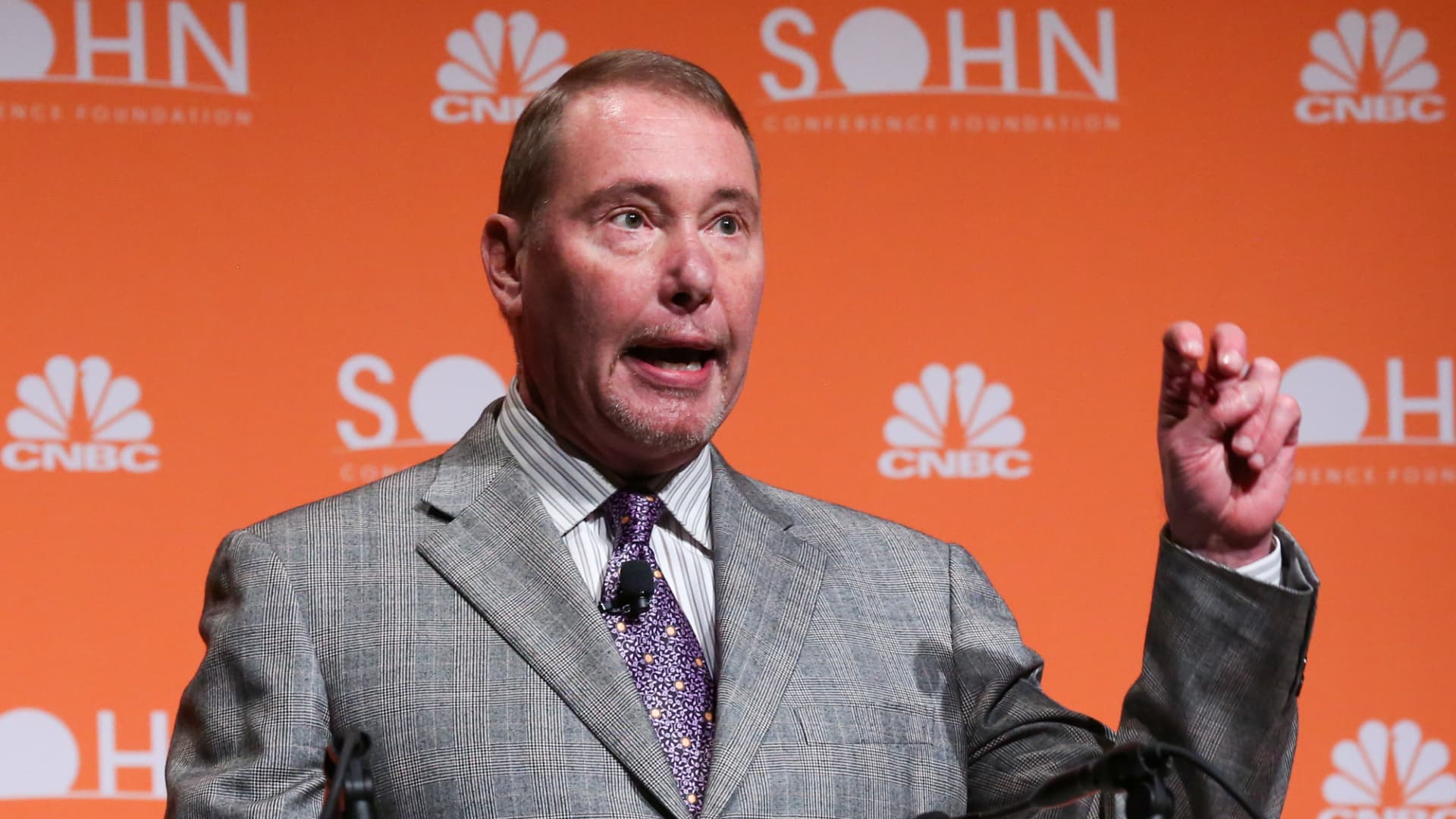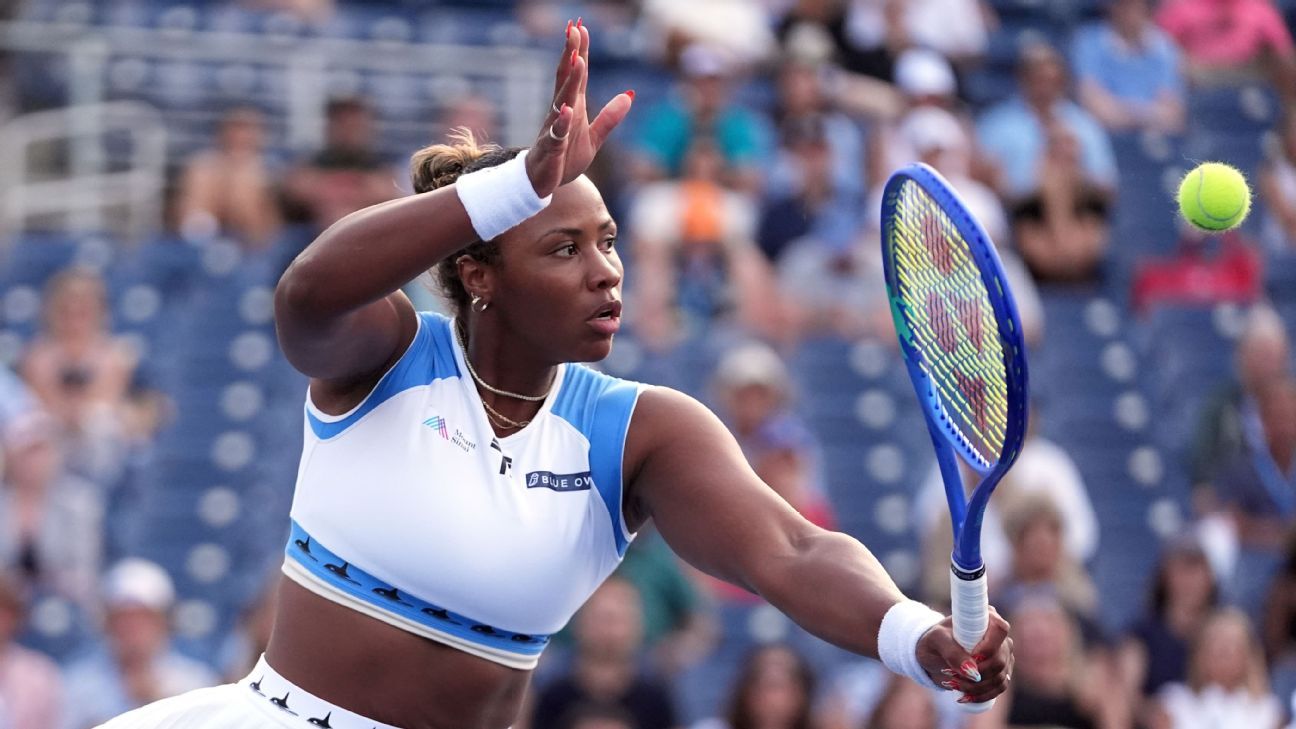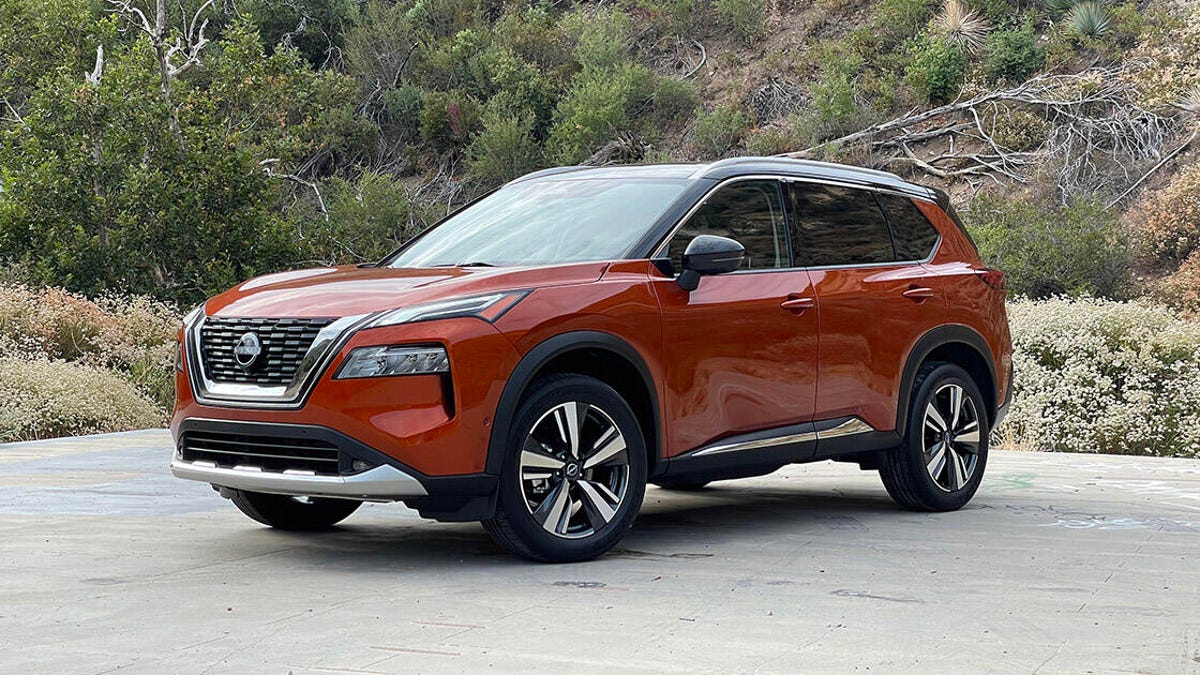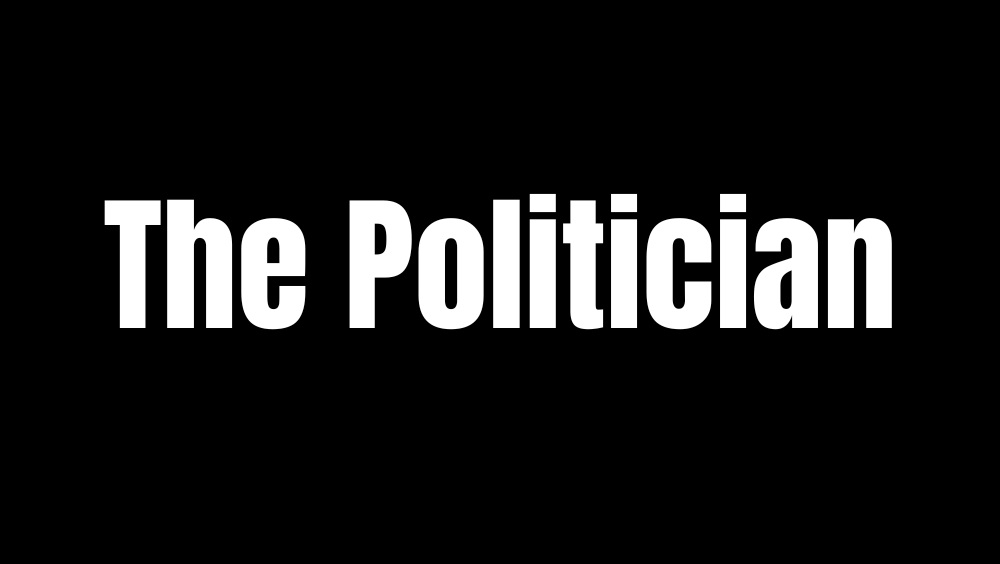Executive arm of EU targets India for purchasing Russian oil, conveniently forgets about its own $70 billion trade with Moscow: Details
At a press conference in Brussels on Wednesday (17th September), European Commission’s High Representative for Foreign Affairs, Kaja Kallas, made a sharp comment about India’s growing relationship with Russia. Kallas, who is also a vice president of the Commission, argued that “Ultimately, our partnership is not only about trade, but also about defending the rules-based international order.” She made it clear that while the EU is keen on building closer ties with New Delhi, India’s continued engagement with Russia is something that “stands in the way of closer ties.” The remarks came at the launch of a new EU strategy that talks about strengthening relations with India, particularly in areas like defence and security. Speaking alongside EU trade chief Maros Sefcovic, she said “the EU is India’s largest trading partner, after a growth of over 90% over the past decade.” For the unversed, European Commission is the executive arm of the European Union Kallas also pointed out India’s purchases of oil and military exercises Kallas specifically pointed to India’s participation in the Zapad joint military drills with Russia and Belarus this month, and its decision to keep buying Russian oil despite the ongoing war in Ukraine.” Participating in military exercises, purchases of oil, all these are obstacles to our cooperation when it comes to deepening the ties,” she said. We just adopted a new EU-India strategy.It offers stronger cooperation on trade, technology, climate, security and defence.But there are areas where we disagree. Ultimately our partnership is about defending the rules-based international order.My press remarks ↓ pic.twitter.com/sJT1iAFdt3— Kaja Kallas (@kajakallas) September 17, 2025 The contradiction in her statement, however, lay in the fact that at the very same event, EU leaders were speaking about taking the EU-India partnership “to the next level” and finalising a free trade agreement by the end of 2025. On the one hand, the EU wants stronger relations with India, but on the other, it continues to pressure India over its energy policy with Russia. India pushes back against Western hegemony This is not the first time India has faced such attacks. Western countries, including the US, have been urging India to cut down its Russian oil imports since the Ukraine war began. India has defended itself repeatedly, saying that it has a sovereign right to make decisions in its national interest, and that its energy needs are too large to be compromised by political demands from other countries. Indian officials have pointed out that even the US encouraged India to buy Russian oil in the early months of the war, to help stabilise global prices. Despite this, US President Donald Trump raised tariffs on most Indian exports to 50% in August over the continued purchases of Russian oil. EU’s own trade with Russia runs deep While all this pressure continues, the trade numbers reveal a different picture. Europe speaks of isolating Russia and even pressurising India to do the same. But in reality, its own trade with Moscow remains almost as large as India’s, and in some areas, even bigger. In 2024, the EU’s total trade with Russia was valued at $70.3 billion, nearly equal to India’s $72 billion. This is despite the EU being at the forefront of global calls to cut off Moscow from world markets. The EU in 2022 paid over $120 billion to Russia for fossil fuels. India’s total payment in the same period was around $50 billion. And yet, India is the one being attacked with sanctions and criticism. Europe buys chemicals, metals, food and machinery from Russia The difference lies in what each side is trading. Out of the $72 billion, about $59.5 billion came from crude oil and other fuels, which made up more than 80% of the total. Europe, on the other hand, has reduced its direct imports of Russian oil, which stood at $24.2 billion in 2024. But it continues to import other goods from Russia in large volumes. For example, Europe’s chemical imports from Russia reached $17.6 billion in 2024, which was more than six times India’s $3.1 billion. The EU also imported $6.7 billion worth of metals, compared to just $0.9 billion by India. On top of that, the EU bought nearly $5 billion worth of food and $4.4 billion worth of machinery and electronics from Russia. These numbers clearly show that while Europe criticises India for its oil purchases, it is keeping many of its own trade doors with Russia wide open. Europe exports more to Russia than India ever did The imbalance is even more obvious when we look at exports. In 2024, the EU exported around $34 billion worth of goods to Russia, while India exported only $4.9 billion. Europe’s exports included $14.6 billion in chemicals, $5 billion in food, and $3.7 billion in machinery and electronics. That is more than seven times India’s total exports to Russia. These figures suggest that Europe is not only



At a press conference in Brussels on Wednesday (17th September), European Commission’s High Representative for Foreign Affairs, Kaja Kallas, made a sharp comment about India’s growing relationship with Russia.
Kallas, who is also a vice president of the Commission, argued that “Ultimately, our partnership is not only about trade, but also about defending the rules-based international order.”
She made it clear that while the EU is keen on building closer ties with New Delhi, India’s continued engagement with Russia is something that “stands in the way of closer ties.” The remarks came at the launch of a new EU strategy that talks about strengthening relations with India, particularly in areas like defence and security.
Speaking alongside EU trade chief Maros Sefcovic, she said “the EU is India’s largest trading partner, after a growth of over 90% over the past decade.”
For the unversed, European Commission is the executive arm of the European Union
Kallas also pointed out India’s purchases of oil and military exercises
Kallas specifically pointed to India’s participation in the Zapad joint military drills with Russia and Belarus this month, and its decision to keep buying Russian oil despite the ongoing war in Ukraine.” Participating in military exercises, purchases of oil, all these are obstacles to our cooperation when it comes to deepening the ties,” she said.
We just adopted a new EU-India strategy.
— Kaja Kallas (@kajakallas) September 17, 2025
It offers stronger cooperation on trade, technology, climate, security and defence.
But there are areas where we disagree. Ultimately our partnership is about defending the rules-based international order.
My press remarks ↓ pic.twitter.com/sJT1iAFdt3
The contradiction in her statement, however, lay in the fact that at the very same event, EU leaders were speaking about taking the EU-India partnership “to the next level” and finalising a free trade agreement by the end of 2025. On the one hand, the EU wants stronger relations with India, but on the other, it continues to pressure India over its energy policy with Russia.
India pushes back against Western hegemony
This is not the first time India has faced such attacks. Western countries, including the US, have been urging India to cut down its Russian oil imports since the Ukraine war began.
India has defended itself repeatedly, saying that it has a sovereign right to make decisions in its national interest, and that its energy needs are too large to be compromised by political demands from other countries.
Indian officials have pointed out that even the US encouraged India to buy Russian oil in the early months of the war, to help stabilise global prices. Despite this, US President Donald Trump raised tariffs on most Indian exports to 50% in August over the continued purchases of Russian oil.
EU’s own trade with Russia runs deep
While all this pressure continues, the trade numbers reveal a different picture. Europe speaks of isolating Russia and even pressurising India to do the same. But in reality, its own trade with Moscow remains almost as large as India’s, and in some areas, even bigger.
In 2024, the EU’s total trade with Russia was valued at $70.3 billion, nearly equal to India’s $72 billion. This is despite the EU being at the forefront of global calls to cut off Moscow from world markets.
The EU in 2022 paid over $120 billion to Russia for fossil fuels. India’s total payment in the same period was around $50 billion. And yet, India is the one being attacked with sanctions and criticism.
Europe buys chemicals, metals, food and machinery from Russia
The difference lies in what each side is trading. Out of the $72 billion, about $59.5 billion came from crude oil and other fuels, which made up more than 80% of the total. Europe, on the other hand, has reduced its direct imports of Russian oil, which stood at $24.2 billion in 2024. But it continues to import other goods from Russia in large volumes.
For example, Europe’s chemical imports from Russia reached $17.6 billion in 2024, which was more than six times India’s $3.1 billion. The EU also imported $6.7 billion worth of metals, compared to just $0.9 billion by India.
On top of that, the EU bought nearly $5 billion worth of food and $4.4 billion worth of machinery and electronics from Russia. These numbers clearly show that while Europe criticises India for its oil purchases, it is keeping many of its own trade doors with Russia wide open.
Europe exports more to Russia than India ever did
The imbalance is even more obvious when we look at exports. In 2024, the EU exported around $34 billion worth of goods to Russia, while India exported only $4.9 billion. Europe’s exports included $14.6 billion in chemicals, $5 billion in food, and $3.7 billion in machinery and electronics.
That is more than seven times India’s total exports to Russia. These figures suggest that Europe is not only buying heavily from Russia but also earning significantly by selling to it. India, meanwhile, is mostly buying energy and not exporting nearly as much.
Double standards weaken EU’s criticism
This pattern underlines the hypocrisy in Europe’s position. Its leaders publicly scold India for continuing energy imports from Moscow, but quietly maintain their own trade flows across multiple sectors.
Europe’s chemical and metal trade with Russia is not only larger than India’s, it dwarfs it. If the goal is to punish Russia economically, Europe’s numbers show that it is far from cutting ties.























































































































